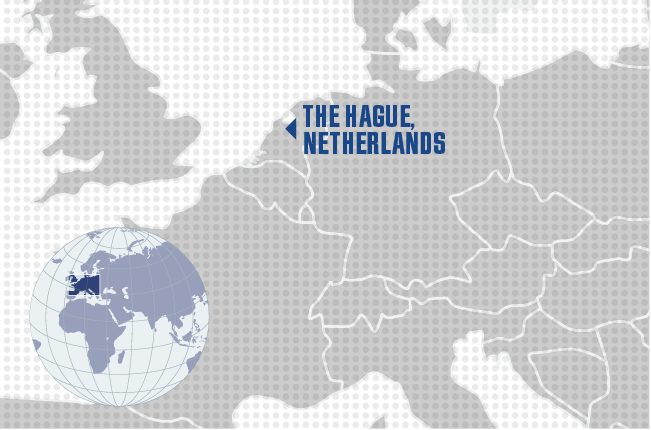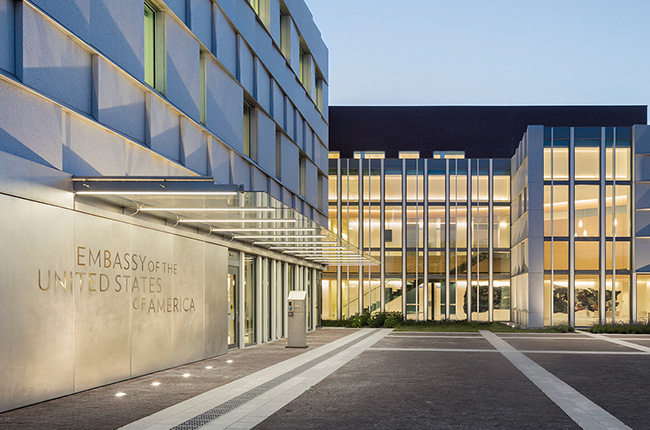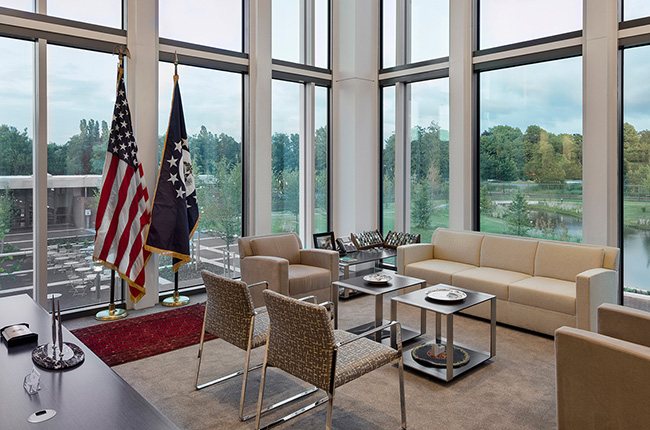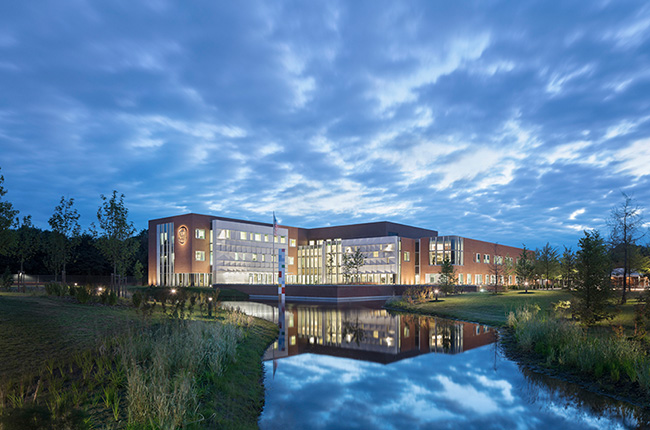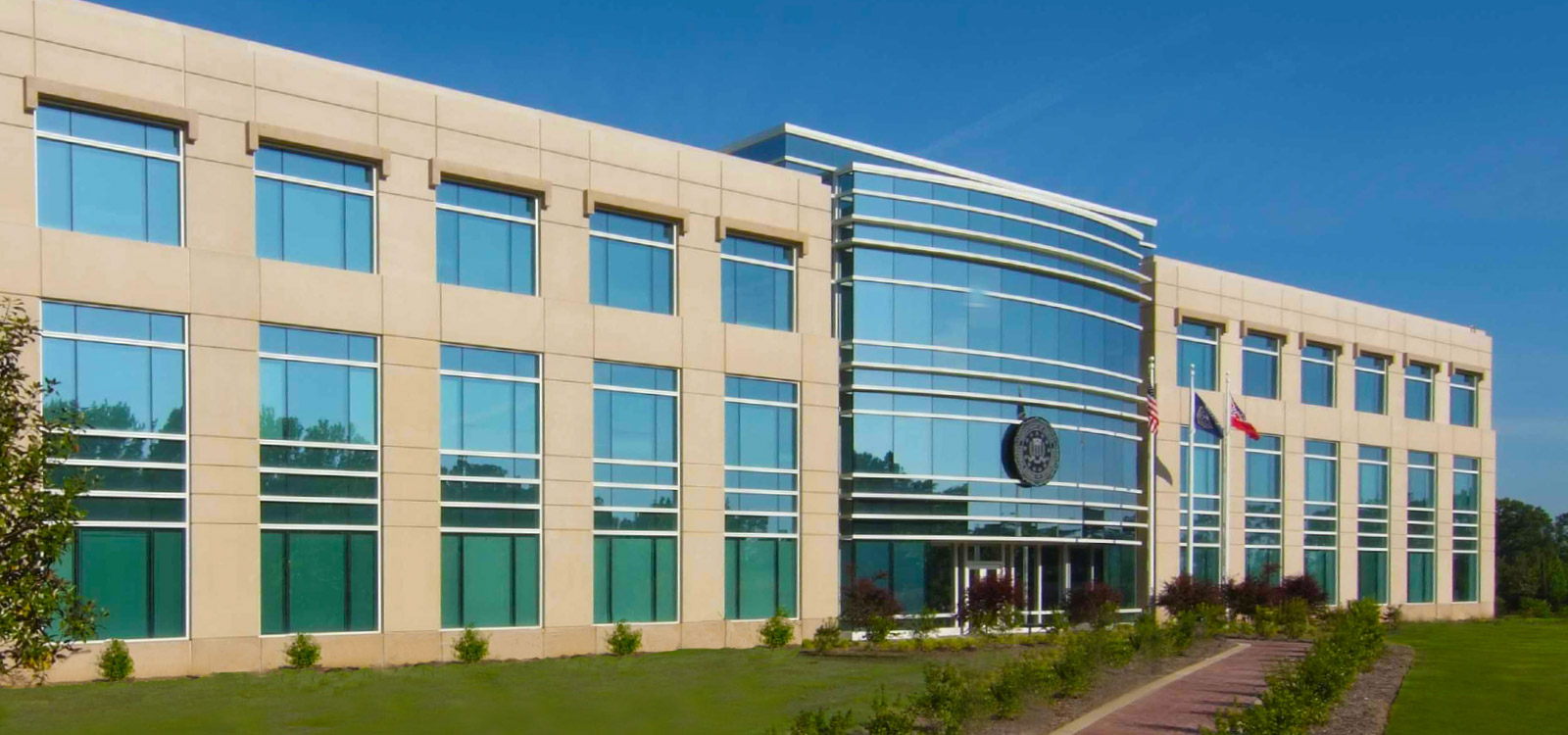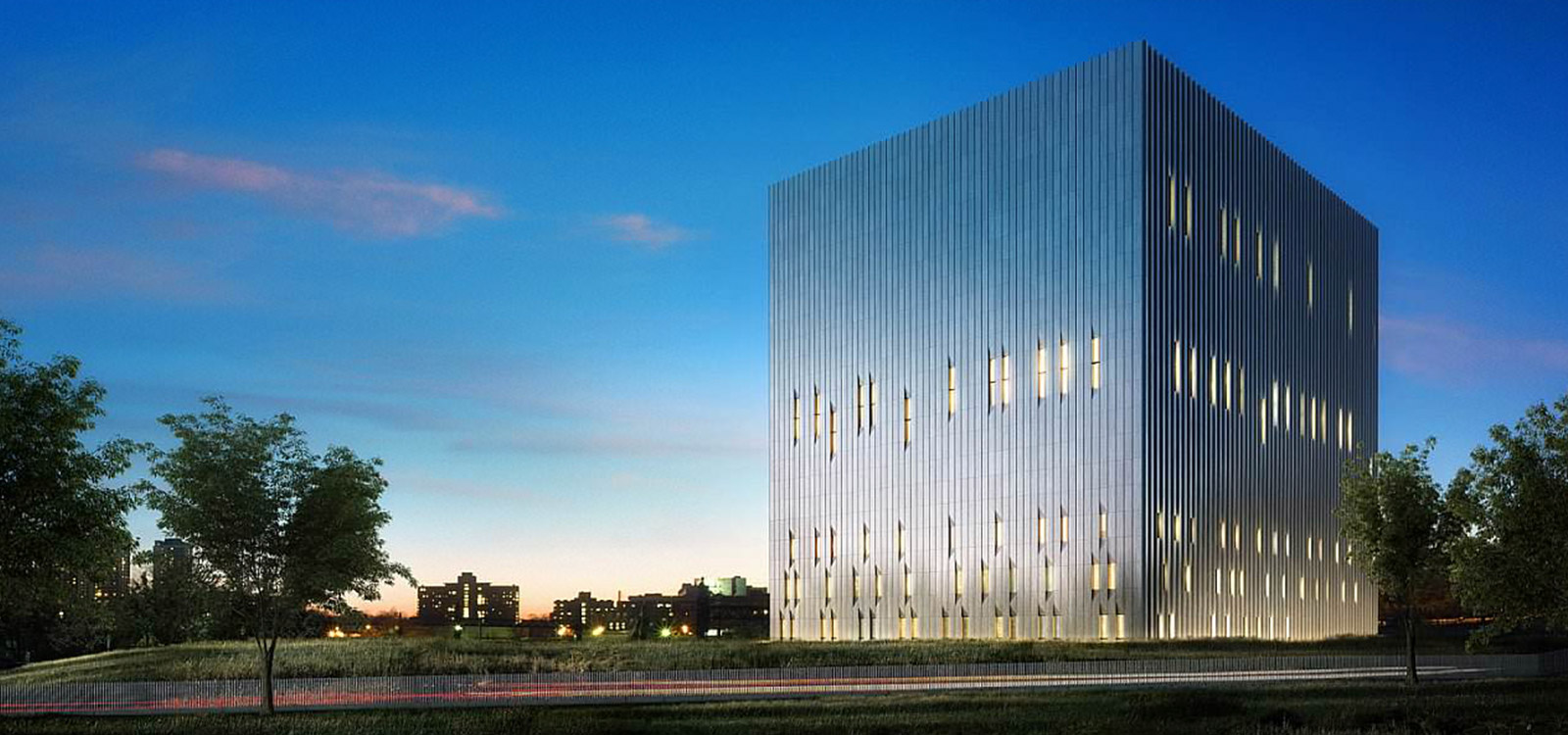U.S. Embassy
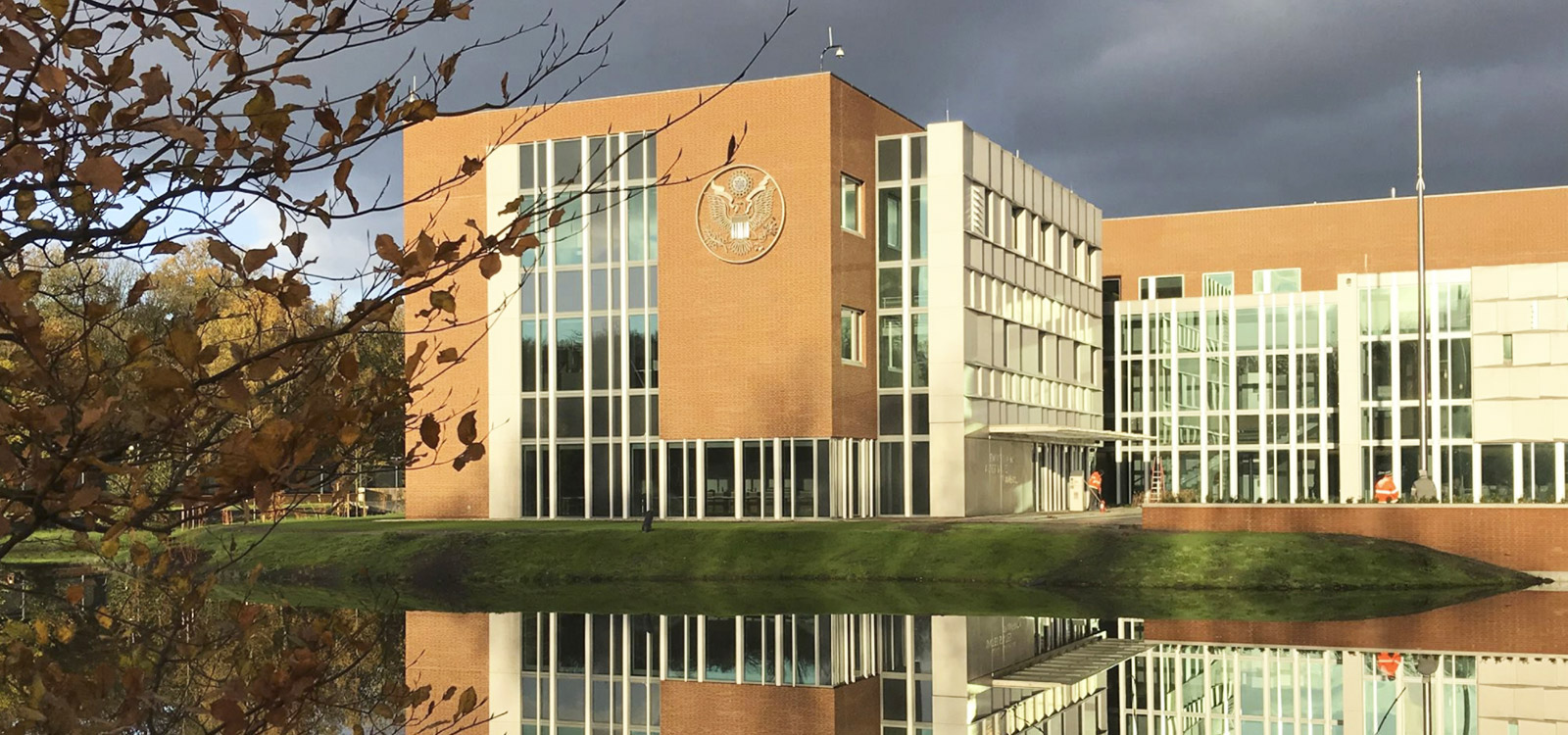
On the international map of diplomacy, The Hague is a prominent figure. It’s no wonder then that The Bureau of Overseas Buildings Operations (OBO) would put its best foot forward with modern well-appointed compound located outside The Hague near Wassenaar. It was important to respect both the physical and cultural aspects of the new site; the stately embassy sits in a rural section of South Holland surrounded by canal systems and country estates. (Interestingly enough, John Adams established the very first American embassy not far from here in 1782.)
Although The Hague is home to the Dutch parliament, Noordeinde Palace (the king’s office) as well as the U.N.’s International Court of Justice, an ostentatious structure would have been out of place. A sense of restraint was exercised throughout the project’s design, including the materials used. “Both integrated green design and sensitivity to the neighbors were key goals that influenced just about every design decision,” remarked Carrissa Oyedle of Moore Ruble Yudell. While the buildings are distinctly American in character, they also pay homage to Dutch architectural traditions—most notably the prominent use of red brick.
Commissioned in 2010 and opened in 2018, the nearly seven acre compound features a New Office Building, Marine Security Guard Residence, SPX and compound access points. Norshield was selected to provide more than 320 high security windows, doors, louvers and roof hatches for the project. All of the products were required to meet stringent FE/BR and blast resistant performance requirements, meeting or exceeding U.S. Department of State physical security standards. They also needed to integrate seamlessly into the design of the buildings.
Norshield’s thermally-broken aluminum windows and high-performance Low E coatings contributed to the project’s achievement of LEED Silver certification for sustainability. The embassy is projected to reduce energy costs by 30% compared to a conventional building. A number of factors, including the windows, contribute to its overall sustainability, such as the use of geothermal heating and cooling.
As is the case just about everywhere in the Netherlands, the site has a high water table as well as an abundance of rainfall. Leveraging the unavoidable, the project engineers instead took advantage of this by harvesting and reusing rainwater for irrigation. A network of canals controls groundwater on the site. The canal walls and freestanding canopy structures are supported on spread footings. While each building is designed to resist gravity and wind loads, the Chancery, Marine Guard quarters, and a portion of the support annex will also resist progressive collapse and blast loads on their structural framing.
The Netherlands is generally a peaceful place, and as such, this American embassy is the perfect diplomatic station for its surroundings. Norshield’s ability to provide unequivocal protection without compromising energy efficiency or aesthetics contributes to a tasteful, dignified yet formidable compound.
CONTRACTOR
Caddell Construction
ARCHITECT
Moore Ruble Yudell Architects & Planners
OWNER
U.S. Department of State, Bureau of Overseas Buildings Operations
